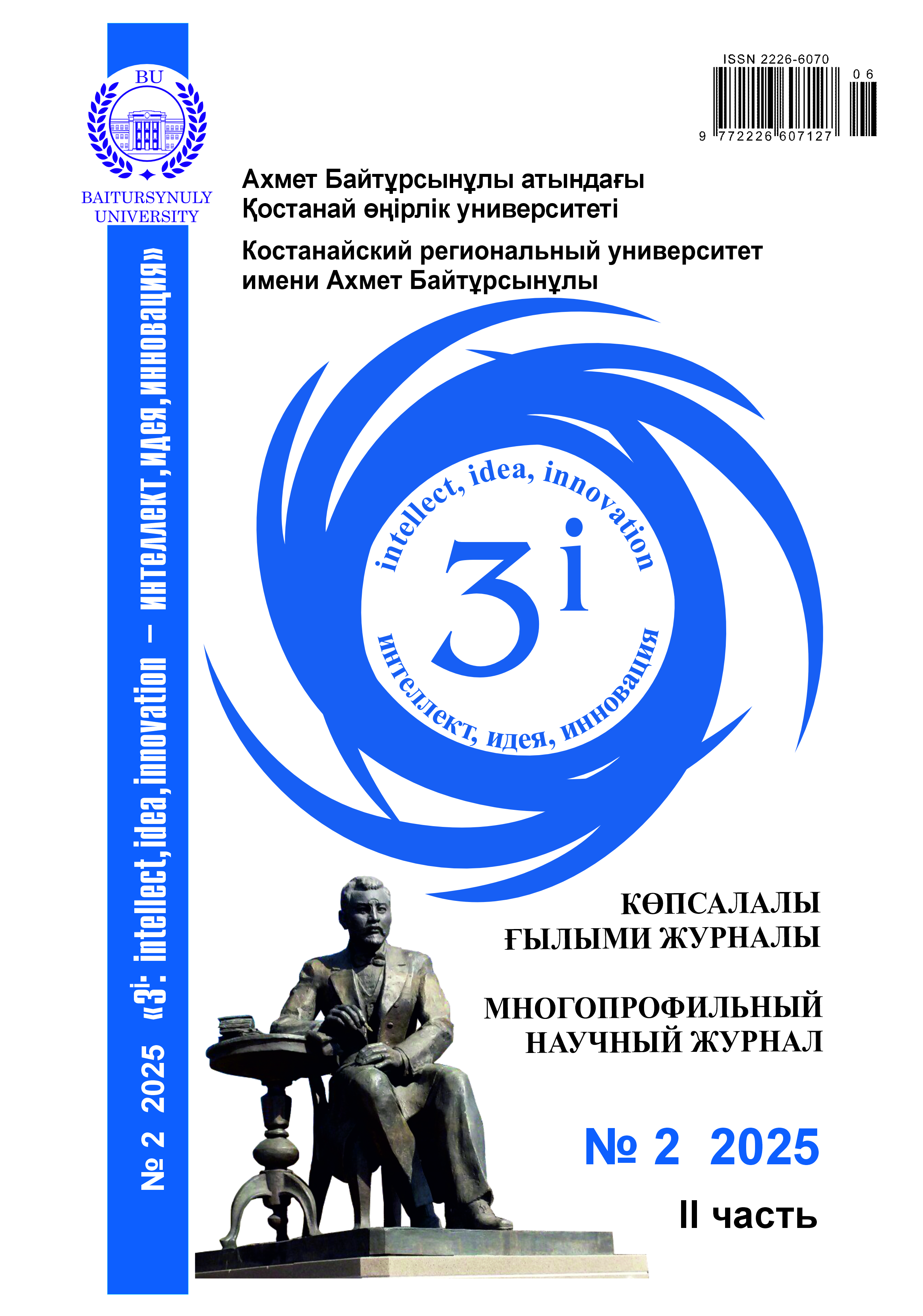ЖОҒАРЫ ОҚУ ОРЫНДАРЫНДА ЕКІ ШЕТ ТІЛІН ҚАТАР ОҚЫТУ
DOI:
https://doi.org/10.52269/RWEP2522139Кілт сөздер:
қатар оқыту, көптілді білім беру, мотивация, кіріктірілген тапсырмалар, жоғары оқу орындарыАңдатпа
Кіріспеде екі шет тілін қатар оқыту мәселесінің өзектілігі егжей-тегжейлі талданады, бұл университеттердің білім беру бағдарламаларының көпшілігіне тән аудиториялық сағаттардың шектеулі саны жағдайында әсіресе маңызды. Ағылшын және француз тілдерін оқыту арасындағы уақыт пен ресурстарды бөлуге байланысты туындайтын нақты қиындықтарға басты назар аударылады. Зерттеу екі тілді тиімді меңгеруге ғана емес, сонымен қатар студенттердің тұрақты мотивациясын, қызығушылығын және өз бетімен жұмыс істеу дағдыларын дамытуға ықпал ететін әдістемені жасауға бағытталған. Жұмыстың ғылыми маңыздылығы оқушылардың танымдық ерекшеліктерін, олардың дайындық деңгейін және жеке білім беру қажеттіліктерін ескеретін инновациялық интеграцияланған оқыту моделін құруда жатыр. Зерттеу әдістемесі студенттердің сауалнамалары, мұғалімдермен сұхбат және оқу үдерісін егжей-тегжейлі бақылау арқылы алынған мәліметтерді талдауға негізделген, бұл екінші тілге назар аудармау және оны үйренуге мотивацияның төмендеуі сияқты негізгі кедергілерді анықтауға мүмкіндік берді. Зерттеудің негізгі нәтижелері тілдік жаттығулар, шығармашылық тапсырмалар және практикалық топтық жұмыс сияқты кіріктірілген тапсырмаларды қолданудың француз тілін меңгеру деңгейін жақсартуға ғана емес, сонымен қатар екі тілді қатар үйренуді жеңілдетуге көмектесетінін көрсетеді.




